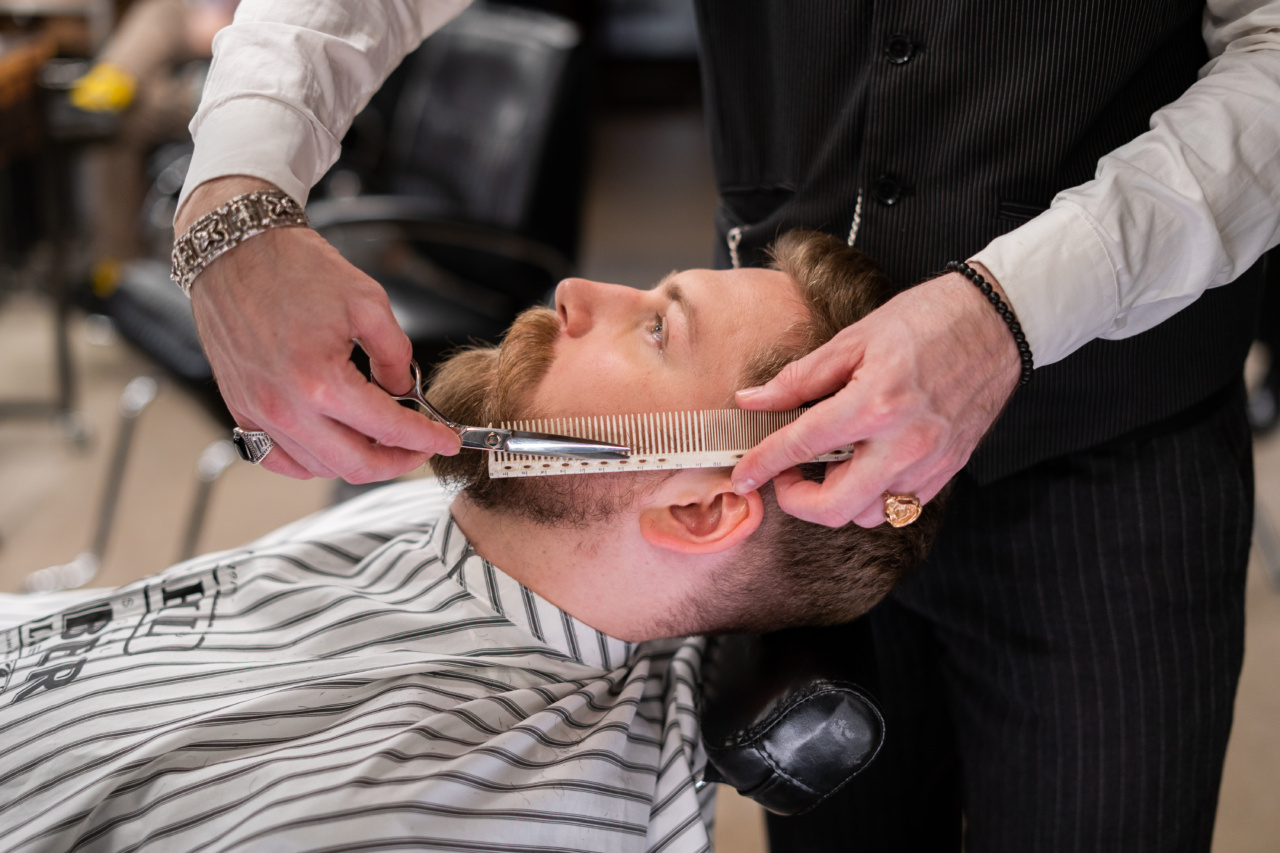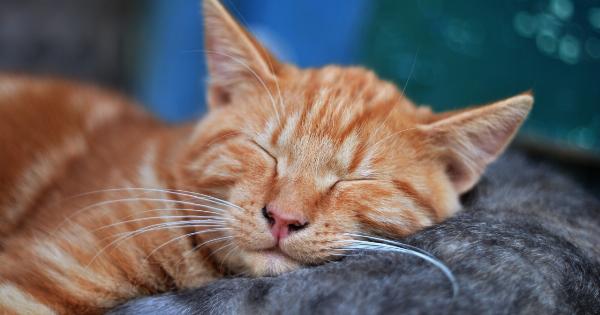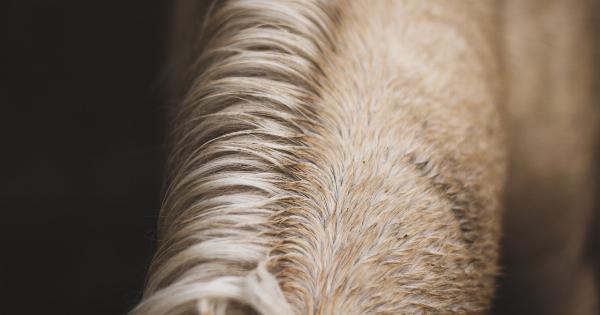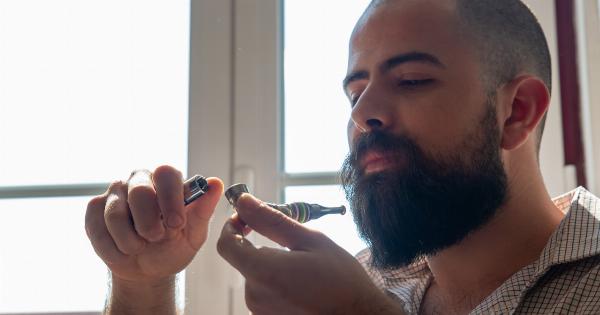The hipster subculture has been growing in popularity over the past decade or so, with their vintage-inspired fashion and quirky attitudes.
One of the hallmarks of the hipster look is the hairstyle, which often involves long, thick hair that is either slicked back, tied in a bun, or styled with a top-knot. While these elaborate hairstyles may look cool, they are actually causing a growing epidemic of hair loss in young men.
What is causing the hair loss?
The main cause of hair loss in hipsters is a condition called traction alopecia. This occurs when the hair follicles are constantly pulled or stretched, causing them to become inflamed and damaged.
Over time, the hair follicles may start to shrink and produce thinner, weaker hairs or stop producing hair altogether.
The tight hairstyles favored by hipsters put a lot of stress on the hair follicles, especially if they are worn for long periods of time. Headbands, hair ties, and braids can all cause traction alopecia if they are worn too tightly or too often.
Even sleeping with a tight bun can pull at the hair roots and cause damage.
Who is at risk for hair loss?
Traction alopecia can affect anyone, but it is most common in African-American women who wear tight braids or weaves. However, the hipster subculture has brought this condition to the forefront in young men.
Men who wear man-buns or other tight hairstyles are at risk for developing traction alopecia, especially if they have thick or curly hair.
Additionally, men who use chemical treatments or straighteners to alter their hair texture are also at risk for hair loss. These treatments can weaken the hair shaft and make it more susceptible to damage from tight hairstyles.
What are the symptoms of traction alopecia?
The first sign of traction alopecia is usually a receding hairline or thinning around the temples. Over time, the hair loss may spread to the crown or back of the head. In severe cases, there may be bald patches or complete hair loss in the affected area.
Other symptoms can include itchiness, redness, flaking, and scarring of the scalp.
Can traction alopecia be treated?
The good news is that traction alopecia is usually reversible if caught early enough. The first step is to stop wearing tight hairstyles that pull on the hair follicles. This can allow the scalp to heal and the hair to grow back naturally.
In some cases, topical treatments like minoxidil or corticosteroids may be prescribed to stimulate hair growth and reduce inflammation. However, these treatments may not be effective if the hair loss is too severe or if scarring has occurred.
In extreme cases, hair transplant surgery may be an option. This involves taking hair follicles from a healthy area of the scalp and transplanting them to the affected area.
However, this is a costly and invasive procedure that may not be suitable for everyone.
How can you prevent traction alopecia?
The best way to prevent traction alopecia is to avoid wearing tight hairstyles that pull on the hair follicles. This can include avoiding man-buns, tight braids, and ponytails.
If you do wear your hair in a tight style, be sure to take breaks and let your scalp rest between hairstyles.
You can also try using hair-friendly accessories like silk scrunchies or non-slip headbands that won’t tug at the hair roots.
Additionally, using gentle, natural hair products and avoiding harsh chemicals can help keep the hair healthy and less prone to damage.
The Bottom Line
While the hipster hairstyle may look cool, it can come at a cost. Traction alopecia is a growing epidemic among young men, and it can lead to permanent hair loss if left untreated.
To avoid this condition, it’s best to stick to looser hairstyles and give your scalp a break from tight styles.

























